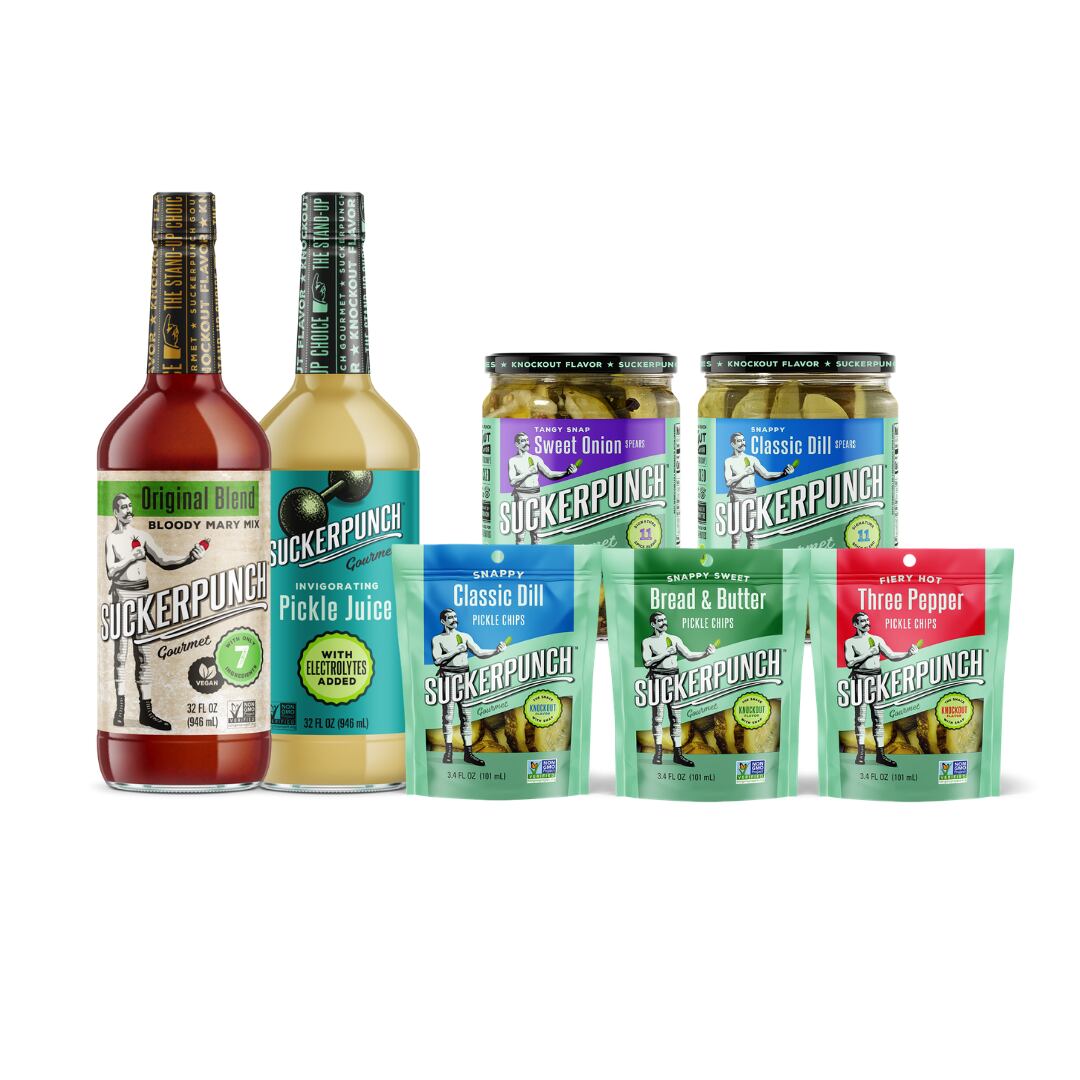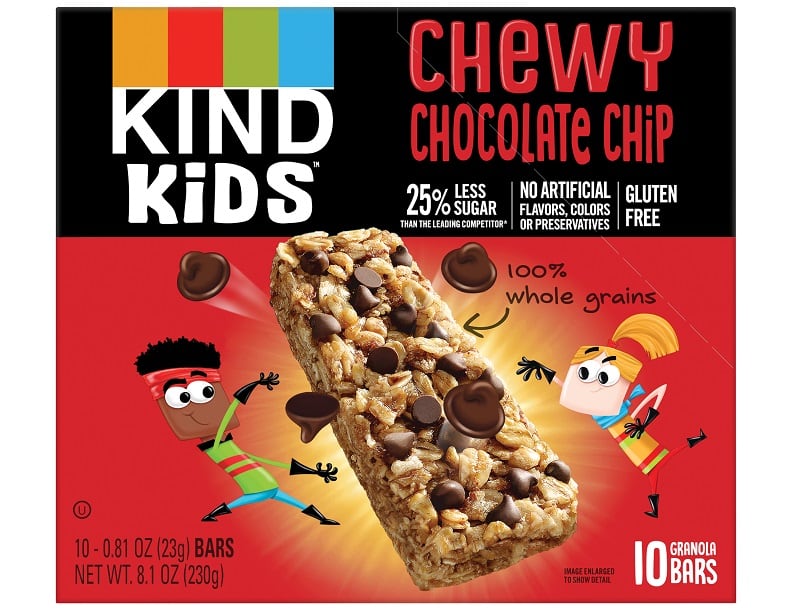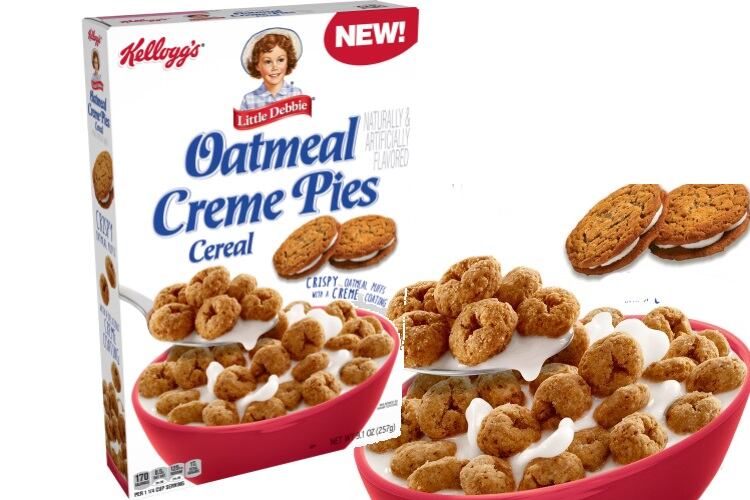This will play out in the coming year through the emergence of three types of snacks: those that recall better times by playing on nostalgia, those that double-down on indulgence by offering novel experiences and comfort, and those with functional ingredients that support physical well-being, such as immunity boosting, Wouter Stomph, product development and innovation expert at Olam Cocoa, and Kamesh Ellajosyula, global head of innovation at Olam Food Ingredients, told FoodNavigator-USA.
Stomph explains that these trends are not mutually exclusive and follow the evolution of snacking over the course the pandemic so far. They also provide a framework for brands to “latch on to” this year as they develop and introduce new products.
The evolution of nostalgic and indulgent
“When the pandemic first hit, people needed emotional support,” and they turned to traditional snacks, like bags of chips and pretzels, as well as nostalgic brands that reminded them of better of times, Stomph said.
This inspired companies to bring back popular products from decades ago to give consumers a chance to relive their youth and potentially share those experiences with their own children.
For example, in September, General Mills rereleased Trix, Golden Grahams, Cookie Crisp and Cocoa Puffs with a “permanent return of the 80s taste” -- a move that undid years of work to remove artificial ingredients and colors from the formulas to appeal to more health-conscious consumers, but which promised instant comfort in a time of global emotional distress.
While products like this are temporarily distracting, as the pandemic dragged on consumers realized they still needed comfort and “nostalgia wasn’t going to cover it, and they started looking for products that offered them a warm, fuzzy feeling on the inside, which led to previously out-of-fashion snacks that were quite rich on the calorie side.”
Going forward, he predicts, these two trends will come together to create hybrids of comfort foods with slightly more “out there” flavors, textures and experiences.
“The biggest trend I see for 2021 is indulgent snack foods mashed-up with other foods. So, trail mix is almost a perfect example of combining something that is quite healthy, but then throwing in M&Ms. Obviously, that is not innovation, but that is the idea behind adding popcorn and chips to cookies or other baked goods, s’mores into brownies, and this doubling down of indulgent foods not just with one indulgent food but an indulgent food with other indulgent inclusions,” he said.
A classic indulgent ingredient that is trending during the pandemic is chocolate, but Stomph notes brands are adding more interesting and nutritious inclusions to provide consumers with permissible options.
Consumer interest in decadence also is fueling a rise in demand for nut butters that offer a full mouthfeel and provide familiar comfort, and richer nut-based beverages, Ellajosyula said.
Likewise, he says, he sees increased interest in cinnamon, “which is associated with childhood because it shows up in cereal and pies,” and other “warming flavors,” like turmeric in golden lattes and ginger in coffee and other platforms.
While consumers may initially gravitate to these flavors for their association with happy memories or decadent treats, “there is a double benefit from them because there’s indulgence and comfort, but also immunity and wellness support,” Ellajosyula said.
Demand for immunity plays to familiar, emerging ingredients
Ellajosyula explained that the pandemic has underscored for many consumers the role of food as medicine and the impact of their diet on their overall physical health, as well as their emotional well-being.
This is fueling an interest in immunity-boosting ingredients both familiar and novel, he said. For example, consumers are gravitating to nuts for baking, cooking and snacking as a good source of plant-based protein, health fats and some hard to obtain vitamins and minerals.
Almonds and cashews are particularly popular in snack development currently, Ellajosyula said, explaining that their neutral flavor profile and strong supply chains make them ideal choices for developing at scale products that layer in either delicate or bold flavors.
He also noted that while salted nuts may have been a go-to snack in previous years, consumers’ rising concern about too much sodium is leading them to embrace nuts flavored with other spices, including chili-lime, cinnamon, turmeric, pepper and other bold flavors.
Other mainstream spices gaining traction include ginger, onion and garlic, he said.
Less familiar ingredients piquing consumer interest include angelica root and jajoba bark, which is a key ingredient in quinine or the base of tonic water, Stomph added.
Consumers want help with portion control
Many consumers who previously led busy lives out of their homes suddenly find themselves only a few minutes away from the kitchen at any given time – making it easier to snack and harder to stop. This is especially true as consumers buy larger bulk or multi-serve bags to feed their family or tide them over between more spaced out grocery store trips.
Ellajosyula sees potential for brands to help consumers enjoy their products in moderation, and potentially recover lost sales of individually wrapped on-the-go items, by selling snacks in bundles of single-serve packages.
By buying in bulk, consumers can enjoy some savings and ensure their pantries are stocked, but with each serving pre-portioned they are less likely to over-indulge.
“Originally we thought when the pandemic forced lockdowns that single-use packs would not survive, but what we found is large multi-packs are still useful as a convenient option to give children taking classes at home or to help adults control consumption,” Ellajosyula said.
Smaller single serve packs also have a role to play as the economy continues to tighten by offering consumers on a budget an option at a lower price point than larger multi-serve packs.
Sustainable snacks surge
Finally, Ellajosyula and Stomph see significant potential for development of more sustainable snacks, including from ingredients that previously would be wasted or considered by-products.
“Sustainable diets and plant-based diets that are more environmental will be extremely big in 2021,” Somph said. He noted some of this drive will come from consumers seeking more environmentally-friendly options and some will come from brands opting for more sustainable ingredients in order to reduce their environmental impact and meet aggressive social responsibility goals.
Snacks trading on sustainability also could help smaller and emerging brands compete against well-established companies at a time when consumers are less willing to try something new and are favoring that which they know.
“A lot of us thought smaller brands in this space would disappear during the pandemic, but we are far from that, with many actually continuing to do well – especially if they talk about the planet and sustainability,” Ellajosyula said. “Many small brands have earned a loyal following by talking about sustainability as a mission.”
Likewise, established brands increasingly are asking for sustainable solutions – a trend he said will continue to gain steam over this year and beyond.




